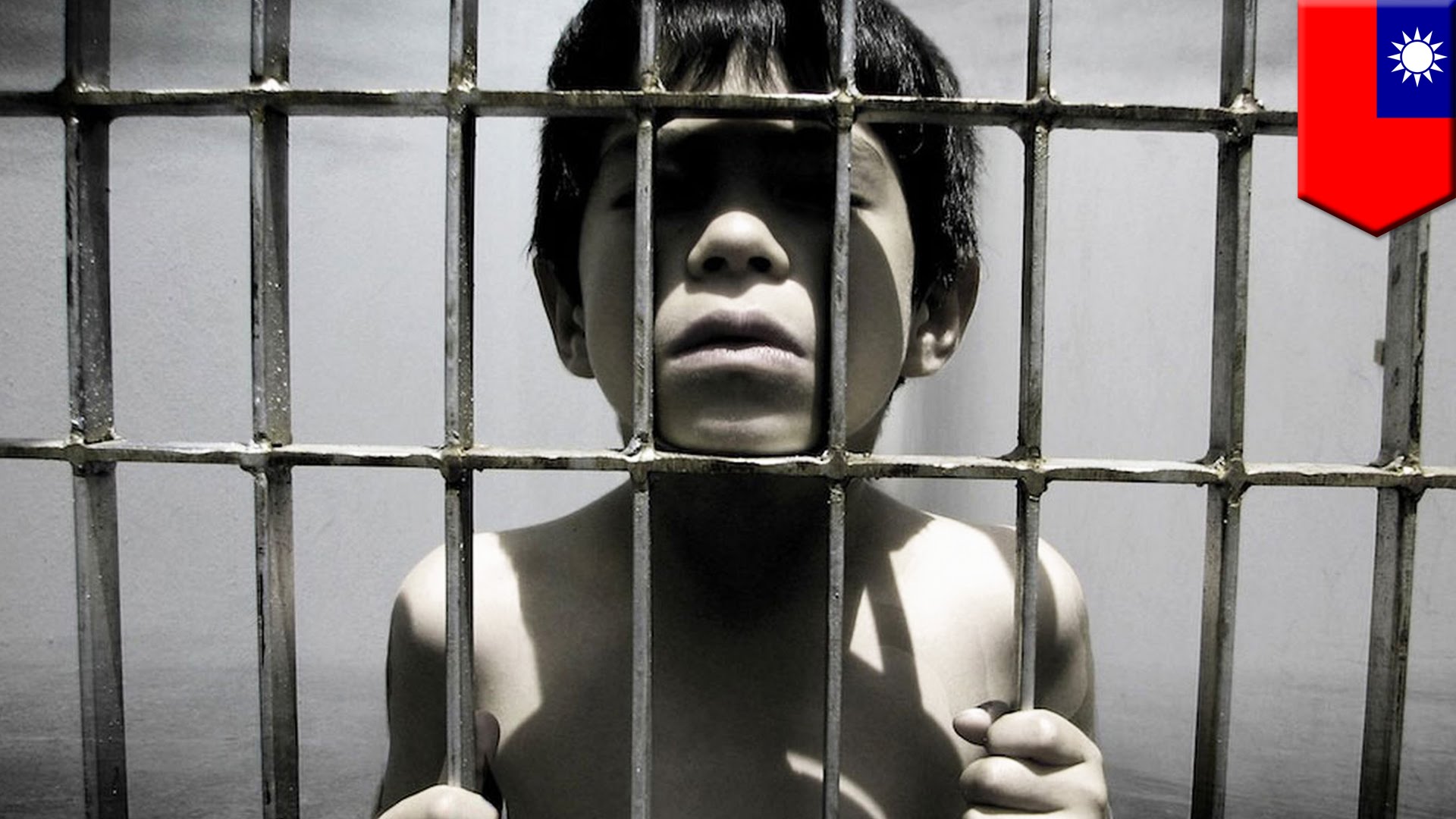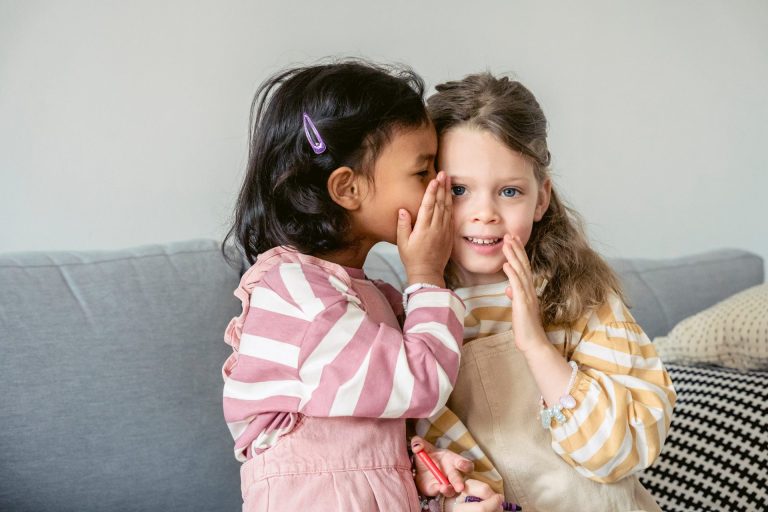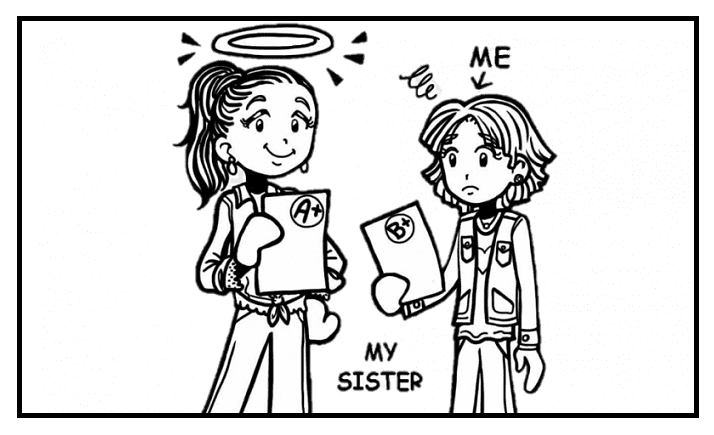“My parent is in prison” – Part 3 of 4
In this blog we will be talking about the strategies that can be used for the best visitation and support techniques for both the children and the incarcerated parent.
Research shows that maintaining and strengthening the relationship between child and parent while a parent is incarcerated promotes stability and reduces the potentially damaging effects of separation. Healthy Beginnings, Healthy Futures: A Judge’s Guide, American Bar Association Center on Children and the Law (2009). It is important to keep contact as it will benefit the child as long as there aren’t any court orders that restrict this due to the child’s safety and health. It is important that visits are planned well and considered therapeutic and done in good environments where children and parents are given a child-friendly place to play and talk together.
When direct contact is not advisable or possible, there are other options for keeping a parent present in the child’s life. A more recent offering is the use of a web cam. The advantage of this method is that the visitation environment is more controlled for situations where there are distresses about the child’s safety or the visitation space provided by the prison. Other methods would be through telephone calls and letters, audiotapes of the parent reading a bedtime story and even personal photographs. These methods are used for the psychological treatment of the child where it creates a life book to complete the child’s narrative of his/ her life. This is one way of building the truth about the parent’s absence, allowing an ongoing dialogue.
Therisa Gambin is a psychology graduate who worked in the HR sector for the past 4 years. She decided to change her career path and thus is at present an intern at Willingness and will continue to focus on psychology practices.







